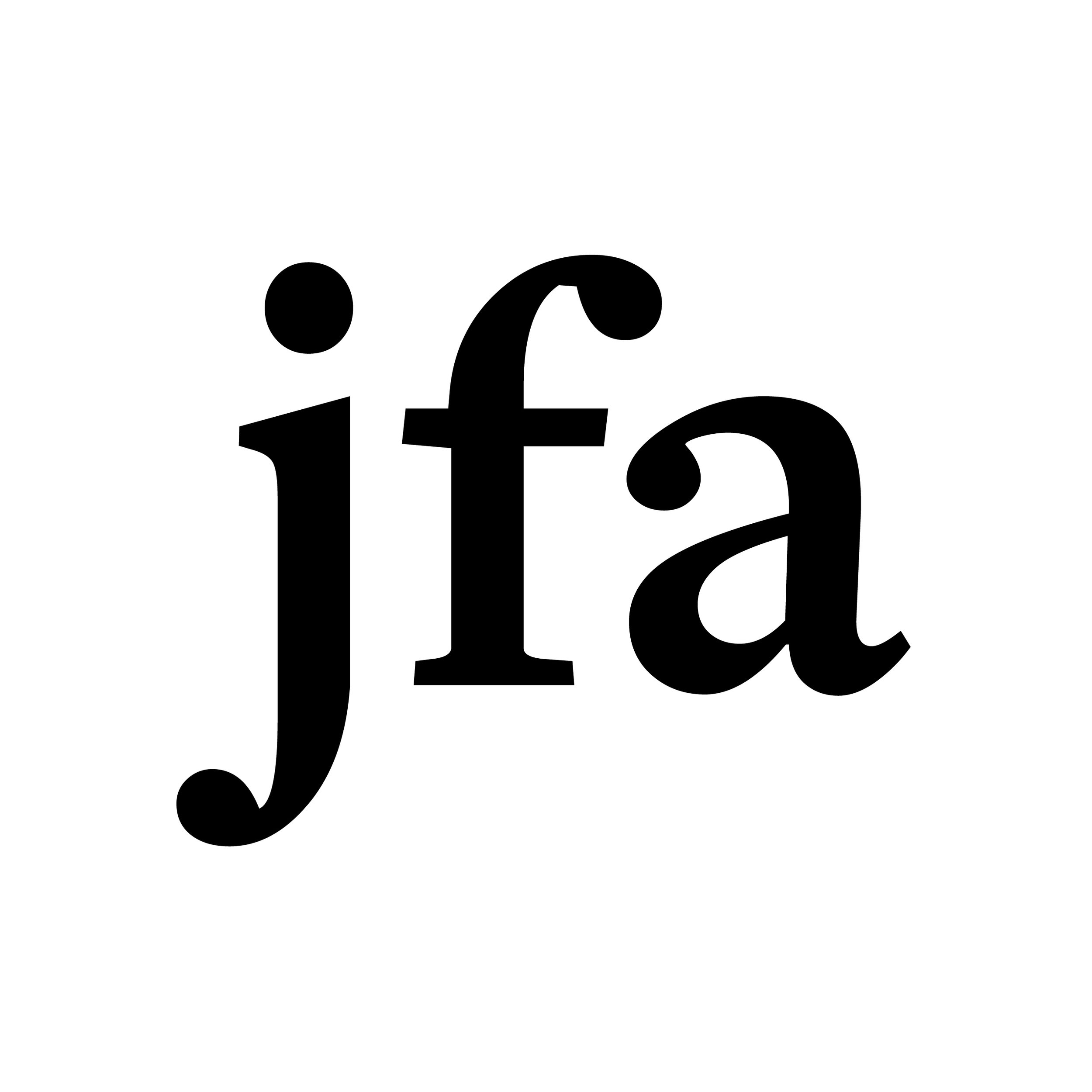What Norway can teach us about prison abolition
Emma De Carvalho
Art: © Valentina Viggiano (@_studioillegale_)
The open prison system in Norway allows prisoners to drive to work, go food shopping, and see friends. The conditions within the prisons tend to be very relaxed: prisoners and guards eat meals together and play video games in the evenings. John Stark, co-director with Tomas Lindh of the upcoming Prison Project: Little Scandinavia documentary, explore this ‘Scandinavian exceptionalism’. What if it didn’t have to be so exceptional?
I recently had the opportunity to talk with both Tomas and John about their project and its meaning a year into the uptake of conversations around prison abolition. The three-part documentary investigates the conditions within and surrounding Norwegian prisons and articulates a vision of what an abolitionist future can begin to look like. Discussions about prisons and abolitionism tend to centre the United States and the United Kingdom, yet this Norwegian documentary extends these conversations to a new context.
What makes the Little Scandinavia project so compelling is that it puts the Nordic prison model to the test. Set in 2019, it follows a group of correctional officers from State Correctional Institution in Chester, Pennsylvania who travelled to Norway to temporarily work in their prisons. Upon their return to Pennsylvania, the officers set up a pilot section of the prison, based on the Norwegian model. This pilot wing of SCI Chester involved vast changes to the architecture of the building, to the relationships between officers and prisoners, as well as to the everyday functioning of the unit. Many people involved with the documentary - including one of the Pennsylvanian officers - were sceptical about whether the North American carceral archipelago can in fact change at all. This scepticism propelled Tomas and John to push forward with this project. Prompted to talk about it, Tomas said: “This will be a game changer for Chester, and hopefully the rest of the United States”.
A strong welfare state coupled with high levels of equality and a focus on rehabilitation (instead of punishment) makes the Scandinavian prison system stand out as one of the “most humane” in the world. The Scandinavian judicial process favours community-based approaches to rehabilitation. Community service replaces 35% of short prison sentences, and only murder is punishable with a life sentence, although most people are released on parole after 12 to 14 years. Recidivism rates are also very low: under 20% for Norway, as compared to over 70% in the US.
On the other hand, Tomas and John brought up that many states in the US resist rehabilitation training. “There is something in the American culture that is working against issues like this”, Tomas explained.
He is not wrong. The prison is a central tenet of American culture and political functioning. Countless systems are kept afloat by the prison-industrial complex. Prison abolition threatens the very status-quo of American society by seeking to dismantle the foundational systems of exploitation, discrimination, and abuse. This only means that abolition is more urgent now than ever before.
The American prison is so deeply engrained in the cultural and social landscape that it would require a dismantling and reinvention of existing structures in order for there to be real changes. Ruth Wilson Gilmore, Cedric Robinson, and Angela Davis, amongst other academics have paved the way for an anti-racist and abolitionist future. The Little Scandinavia project contributes to this conversation by providing a concrete vision as to what this kind of future can begin to look like. Even though we do not yet have a perfectly articulated vision of an abolitionist society, Tomas and John are confident that the documentary is a good step forward.
The documentary will be broadcasted by SVT. It is set to premiere in 2021.
A massive thank you to Tomas and John for taking the time to have this conversation with me - and for all the fascinating ideas they shared.
The art accompanying this article is courtesy of © Valentina Viggiano (@_studioillegale_).

